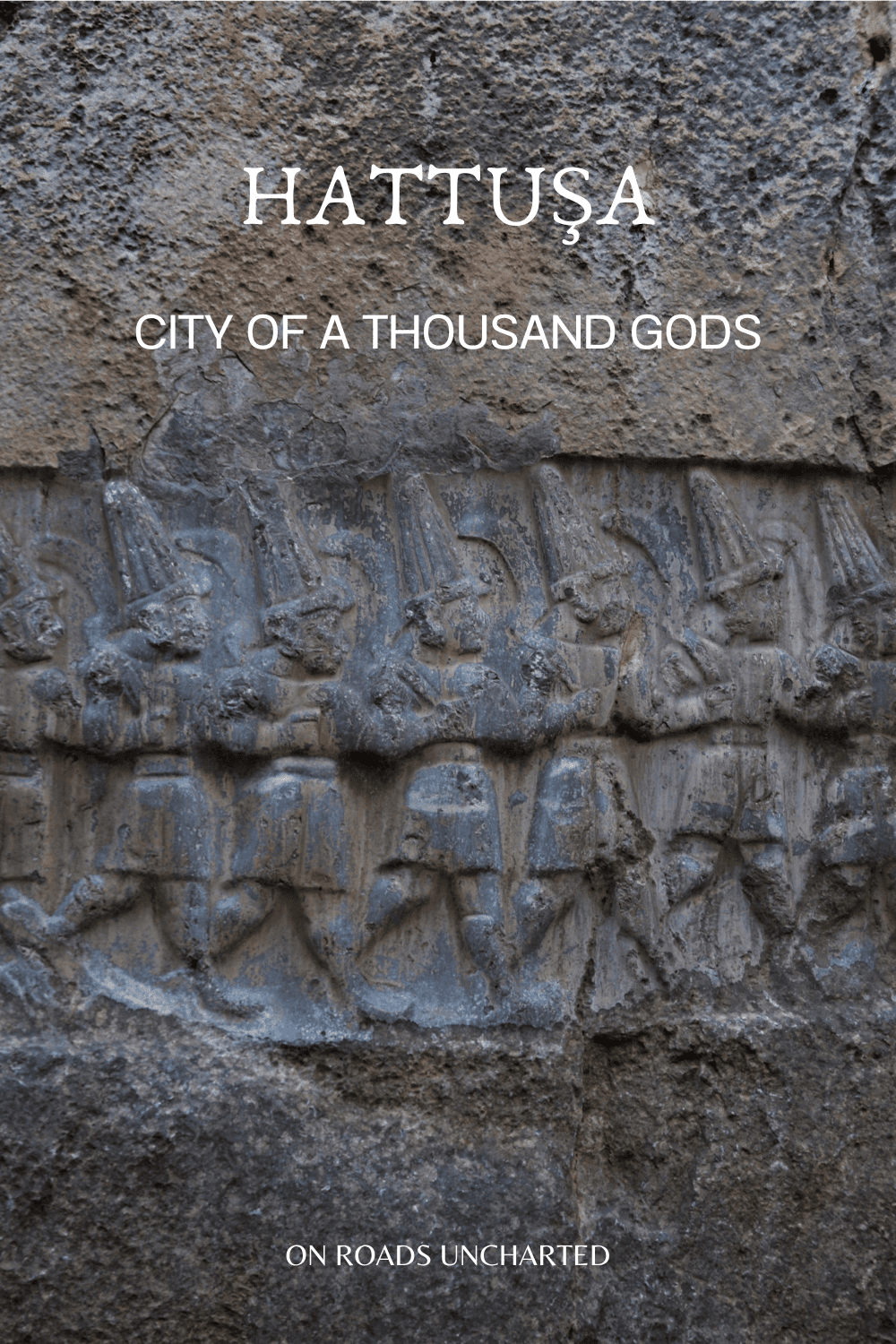Wedged between rolling hills and rocky outcrops lie the ruins of a once magnificent metropolis: Hattuşa, “City of a Thousand Gods”. Today, little remains of the ancient Hittite capital, and yet, those who travel to this uncharted corner of Turkey will journey to the very beginnings of Anatolian civilization.
From afar nothing alludes to the significance of Boğazkale, an inconspicuous settlement some 200 kilometres east of the Turkish capital Ankara. Golden fields of wheat sway gently in the mild summer breeze, while jugged cliffs, protruding from the dry ground, offer the traveller a welcomed relief from the otherwise monotonous, albeit picturesque, agricultural landscape.
Though, laid amongst the parched grasslands that crawl up the hillside beyond the village’s reddish rooftops, traces of the past, as they have done for millennia, are resting in the scorching summer heat. A monolithic gate guarded by lions. Decaying temples. The foundations of a royal palace. Another portal flanked by striding sphinxes. Chiselled inscriptions and weathered hieroglyphs. Once illustrious homes of gods and men, now but crumbling memories amidst withered strands and broken blades.
However, in ages past, these barren fields were prospering. More than 3000 years ago, this place was the beating heart of a vast realm that stretched from the turquoise waters of the Aegean to the lofty peaks of the Caucasus and from the humid shores of Pontus far into the arid lands of the Levante.
It was known as Hattuşa, legendary capital of the Hittite Empire and one of the great cities of the Ancient East. Although nowadays, she remains in a rather dilapidated state, the lustre of her glory days is palpable.
This guide contains all the essential information needed to visit the ancient Hittite capital independently from Ankara, including how to get there, where to stay, and further tips.

Entrance Fee | 20 TL
Opening Hours | Winter (Nov-Mar) 8:00-16:30 | Summer (Apr-Oct) 8:00-19:00 | open every day
A SHORT HISTORY OF HATTUŞA
Even before the Hittite conquest, the Hattian settlement of Hattuş played an important role in trans-Anatolian commercial affairs, being part of the thriving Assyrian trading network that spanned from the Persian Gulf all the way to the Black Sea coast.
Around 1700 BCE, however, the city was razed to the ground by King Anitta of Kusshara, first Great King of the Hittites.
“I took possession of Hattuşa overnight, by my own power and seeded wild grasses and bushes everywhere in the city to let them grow. Gods curse him who henceforth becomes the King and reconstructs this city!”
King Anitta of Kusshara
Ironically, only a few decades later King Hattuşili moved his court to the site of his predecessor’s frenzy and established the city that would henceforth become the glorious capital of the Hittite Empire. Covering an area of nearly 2 km2 and boasting an estimated population of 40.000-50.000 people, Hattuşa, at the height of her power, easily competed with other major urban centres of the Ancient East.
The city was divided into Upper and Lower Town and enclosed by a 6,5-kilometre-long wall shielding it from enemy attacks. While the Lower Town housed the residential and commercial quarters, the Upper Town featured the palace of Büyükkale, lavish seat of the Hittite kings, and the temple district.
As the realm grew, so did Hattuşa and the Hittite religion. Adopting an incredibly pragmatic approach towards the numerous believes of their subjugated foes, foreign deities were simply added to the ever-growing pantheon, as the Hittites saw themselves as “believers of a thousand gods”. Hattuşa, with her countless sanctuaries and temples, was hailed the “City of a Thousand Gods”, and thus far, the remains of no less than 31 different temples have been found on the site.
In the 13th century BCE, the Hittites, subjected to outside pressure, internal strife, and natural disaster, slowly started to decline and with them their illustrious capital. Although the area shows signs of settlement even after the collapse of the empire, Hattuşa’s splendour had finally faded by 1200 BCE.
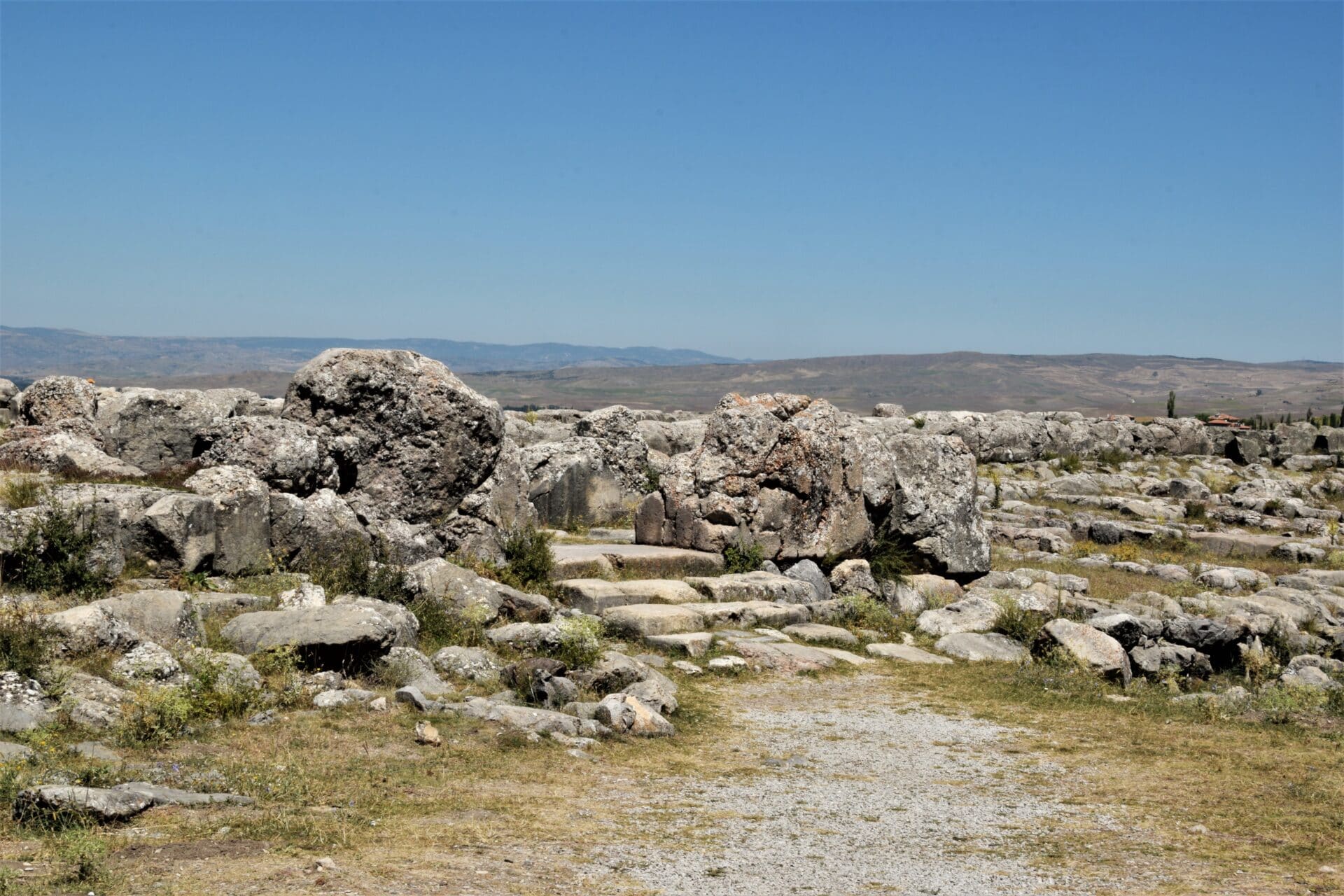

VISITING HATTUŞA
The archaeological park of Hattuşa is located 500 metres from the centre of Boğazkale on the slopes overlooking the village. Although extensive, getting around Hattuşa is quite intuitive as a single paved road connects the different parts of the park. You will find all the major structures, such as the Great Temple, the Lion Gate, or the ruins of the royal palace of Büyükkale along this ring road.
Due to the relatively large size of Hattuşa most visitors will opt to explore the site by car (there was a guy offering to drive me around, but you can also use your own car), however, I genuinely enjoyed visiting on foot. Not only will you get a better feeling for the city’s impressive dimensions, but the surrounding landscape makes for a very pleasant stroll through the Anatolian countryside!
The road is roughly five-and-a-half kilometres long and covers an elevation of about 280 metres. Be aware that shade is virtually not existent, so make sure to wear a hat and drink enough water when visiting in summer. You can either buy water at the entrance or refill your bottle at a fountain shortly before the palace of Büyükkale (if you are coming down the hill). There is also a small supermarket at the main square in Boğazkale.
One area can only be reached by foot, however. Shortly after the ticket office, you will spot a dirt path leading down the hillside towards a small stream. Although you won’t find any ruins there, it is an incredibly idyllic place definitely worth checking out. If you continue following the trail for another 10 minutes, you will also end up at a neat little viewing platform overlooking the rugged terrain and the small canyon below. Should you be short on time, I do suggest skipping this part though.
Next to the park entrance, a part of the ancient city wall has also been restored. Using original techniques and materials (incl. 64.000 mudbricks!), the structure is an impressive sight and unique piece of experimental archaeology.
While it is undeniable that you will need quite a lot of imagination to envision the city’s glory days at times, its historical importance paired with the beautiful setting render a trip to Hattuşa definitely worthwhile, in my opinion.
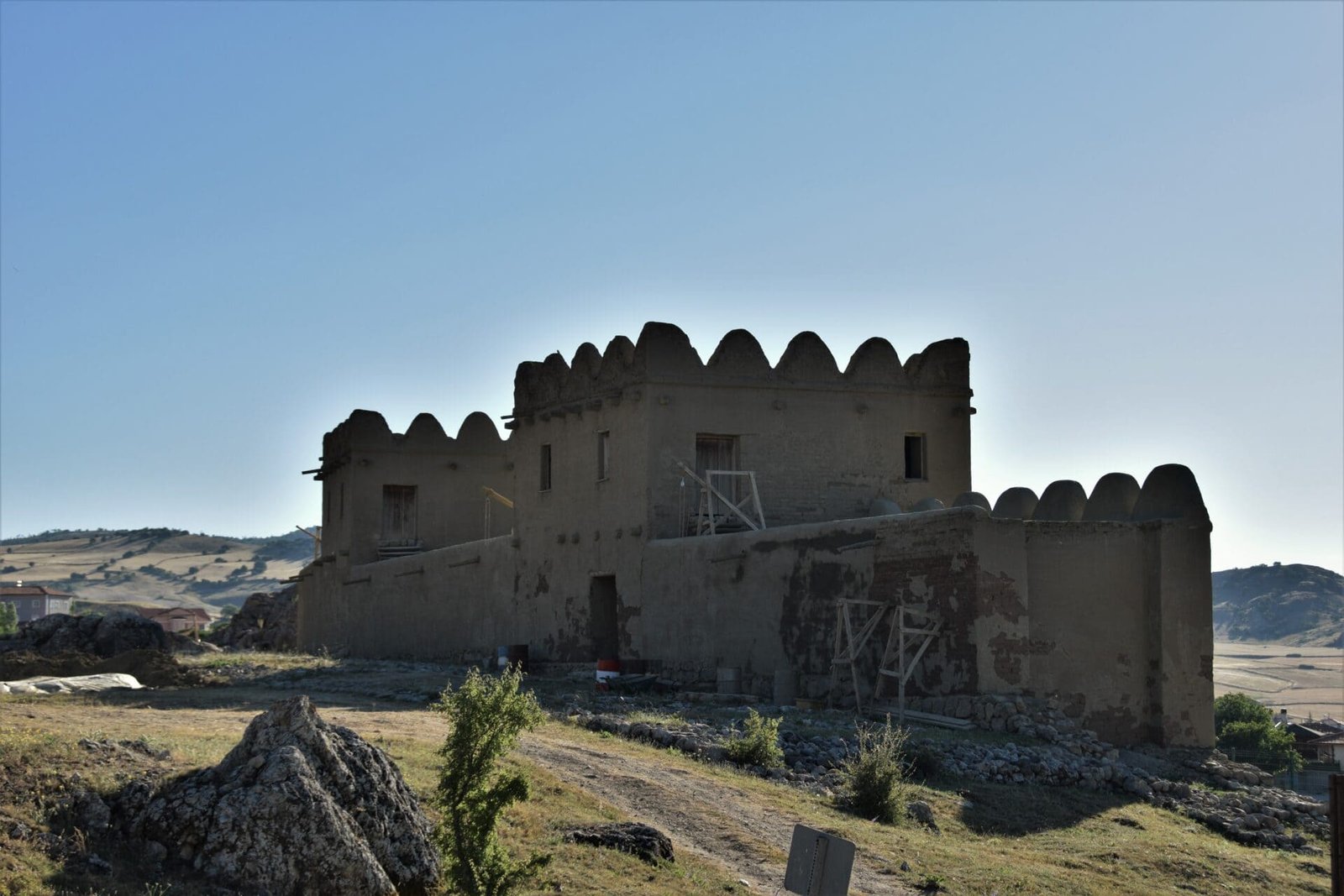
YAZILIKAYA
Merely a short drive from the archaeological park you will find the remains of Yazılıkaya, the largest known Hittite rock sanctuary.
The site consists of two roofless chambers adorned with stunning reliefs carved directly into the rockface and the ruins of a temple guarding the entrance. While chamber A most likely played a significant role in the Hittites’ New Year festivities, chamber B, only accessible through a narrow gap between the boulders, appears to have functioned as a shrine in the royal family’s ancestor cult.
Although the sanctuary is quite small and it won’t take longer than 15min to see the entire site, the unique stone carvings warrant a short detour!
Yazılıkaya is located roughly three kilometres east of Hattuşa. The entrance fee is already included in your ticket for the archaeological park.
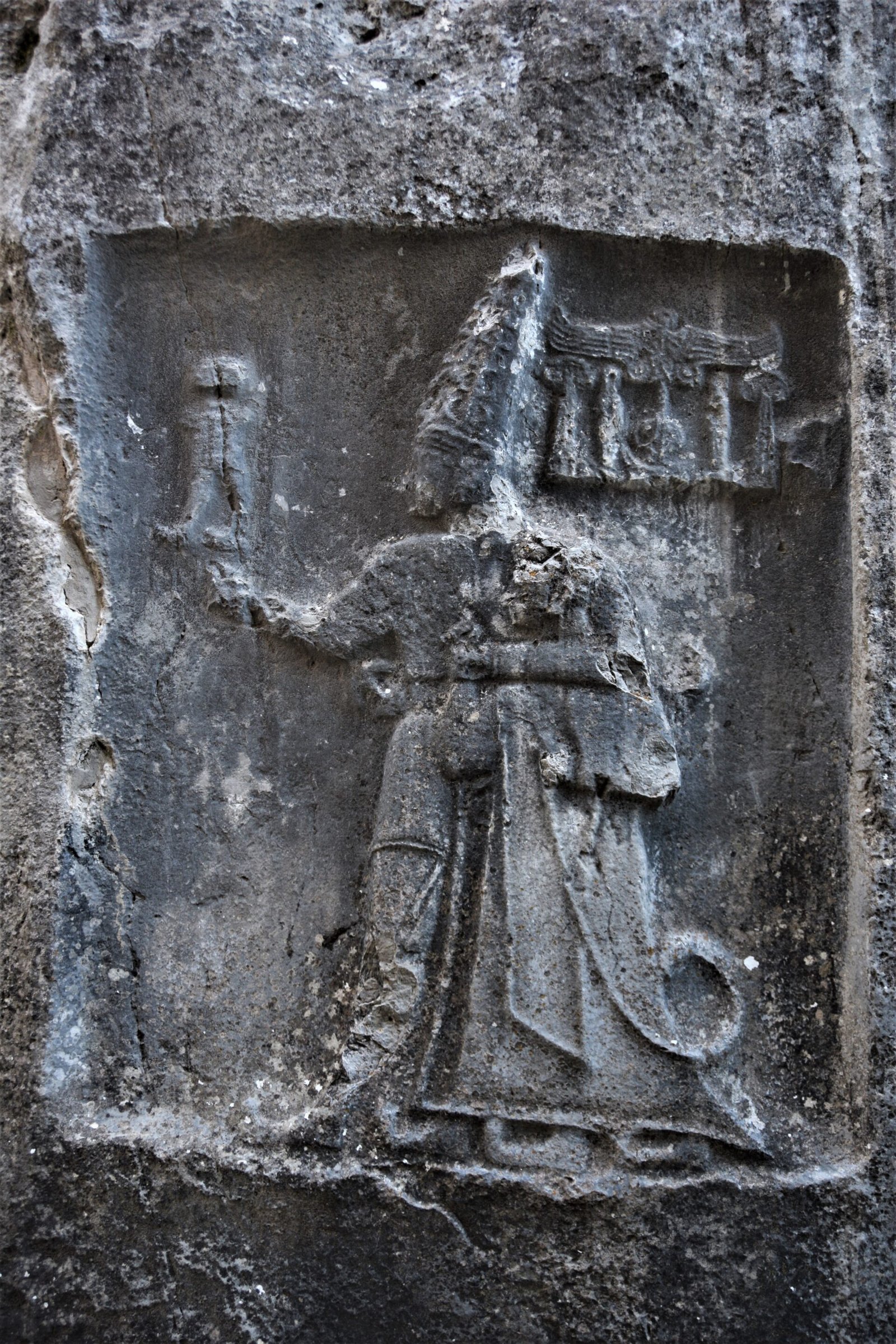

DEEPEN YOUR KNOWLEDGE ABOUT THE HITTITES
ARCHAEOLOGICAL MUSEUM (BOĞAZKALE)
A small but highly informative museum centred around the history of Hattuşa and the Hittite Empire. Though, mainly focusing on the various aspects of Hittite society, the museum also displays an intriguing collection of artifacts from the ensuing centuries (e.g., Phrygian, Galatian, Byzantine).
For those seeking to expand their knowledge about the region’s first major power and deepen their understanding of early Anatolian statehood, look no further!
Opening Hours | Summer (Apr-Oct) 8:00-19:00 | Winter (Nov-Mar) 8:00-16:30
Entrance Fee | 20 TL/1€ (July 2022)
MUSEUM OF ANATOLIAN CIVILIZATIONS (ANKARA)
Beautifully curated, the Museum of Anatolian Civilizations tells the fascinating tale of the region’s entry to the world stage and the various people that settled these vast lands in ancient times, visualised through a unique collection of stunning artifacts unearthed across modern-day Turkey.
Even though, the exhibition does well by distributing the attention to the different civilizations relatively equally, the heart of the museum is constituted by Hattuşa. Dozens of immaculately hewn stone reliefs and statues fill the central hall, just as they would have filled the numerous temples and palaces of the Hittite capital thousands of years ago. An incredible journey back in time!
Certainly, one of the most exciting museums I have visited in recent memory.
Opening Hours | Summer (Apr-Oct) 8:30-19:00 | Winter (Nov-Mar) 8:30-16:00
Entrance Fee | 75 TL/4€ (July 2022)
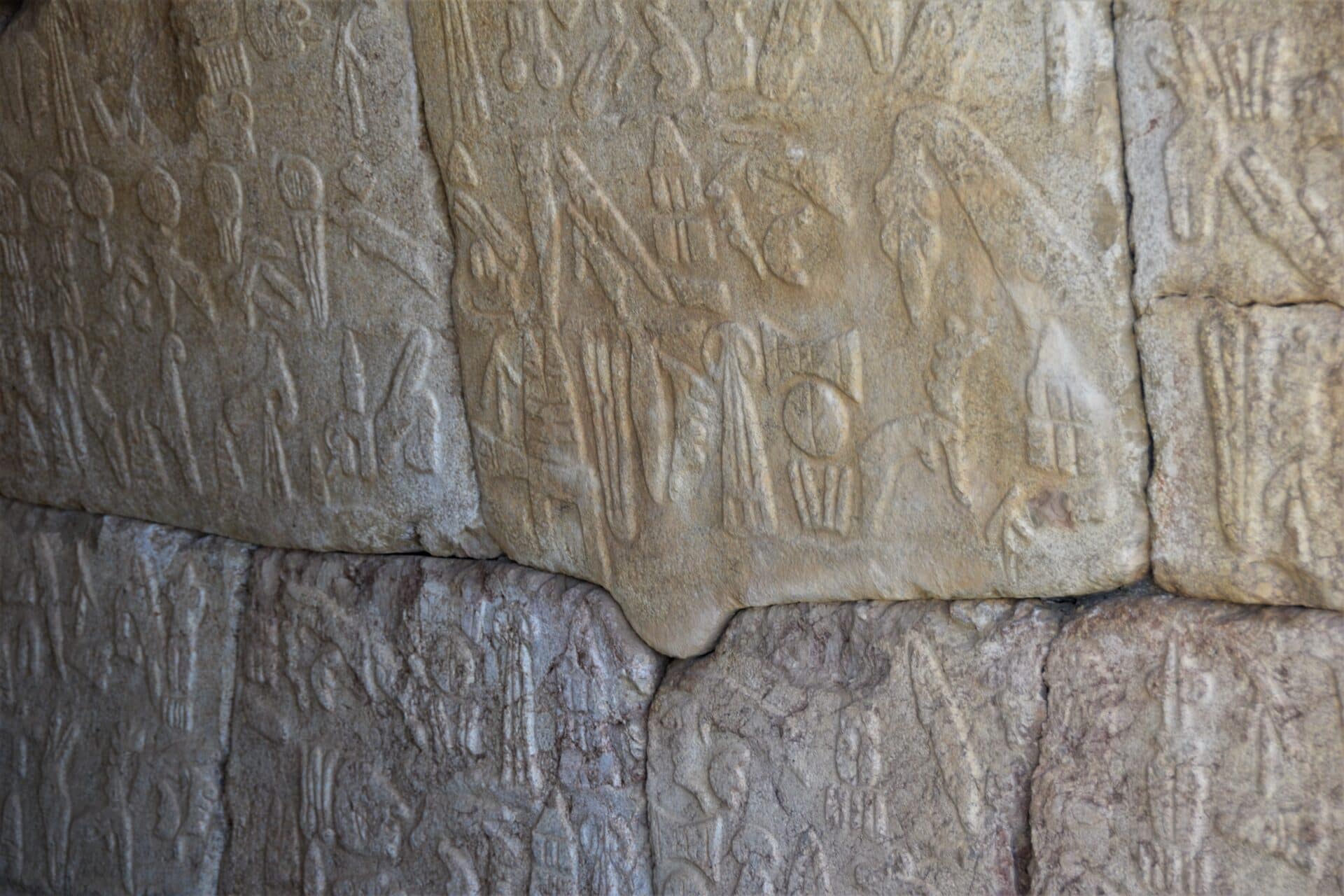
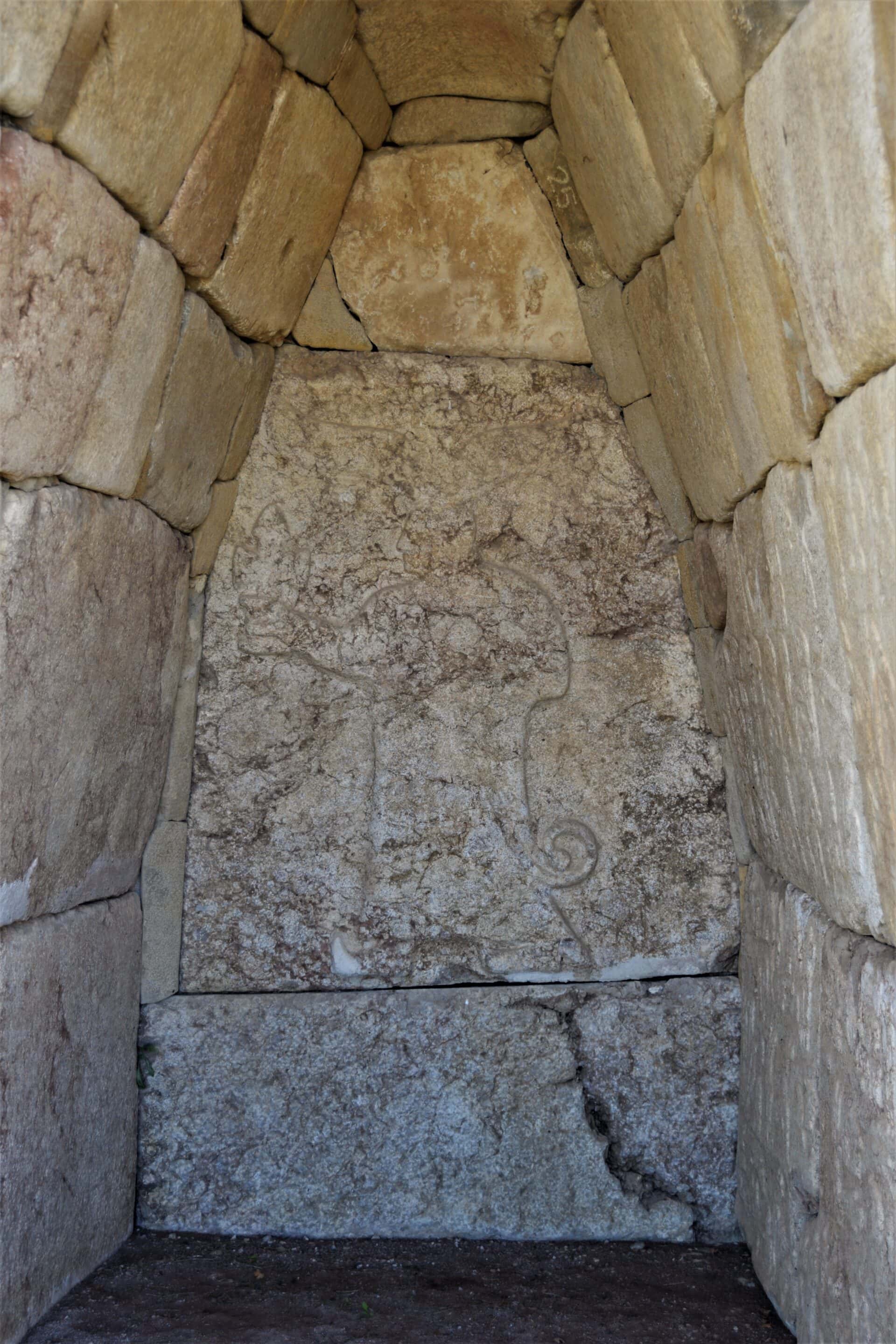
HOW TO GET TO BOĞAZKALE/HATTUŞA
Despite its historical importance and World Heritage status, reaching Hattuşa is a tad bit complicated (if you are travelling on a budget).
Here is what you must do:
1 | Head to the Ankara Intercity Bus Terminal
- simply take the metro (green line) all the way to the last stop AŞTİ
2 | Take a bus to the provincial town of Sungurlu
- since Sungurlu is located en route to Çorum and Samsun, there are dozens of buses daily
- tickets cost around 110 TL/6€ (as of July 2022)
3 | Unfortunately, there are no buses going from Sungurlu to Boğazkale, hence you will either have to
- pay for a taxi
- the simple but more expensive option
- after lowering the price several times (definitely haggle or ignore them for a bit!), one of the drivers would have taken me for 240 TL (roughly 13€ as of July 2022; not the end of the world but too much for my budget)
- opt for hitchhiking
- in general, very simple in Turkey (after finding a suitable spot it took me less than an hour to reach Hattuşa)
- the bus will drop you off at the wrong end of town; to maximize your chances of catching a ride head over to the opposite side of Sungurlu
- do not wait for a direct ride to Hattuşa! Most people will be on their way to Çorum, hence, simply tell them to drop you off at the exit towards Boğazkale/Yozgat
- leave the highway via the exit; you will find a suitable spot after roughly 200 metres down the road towards Boğazkale
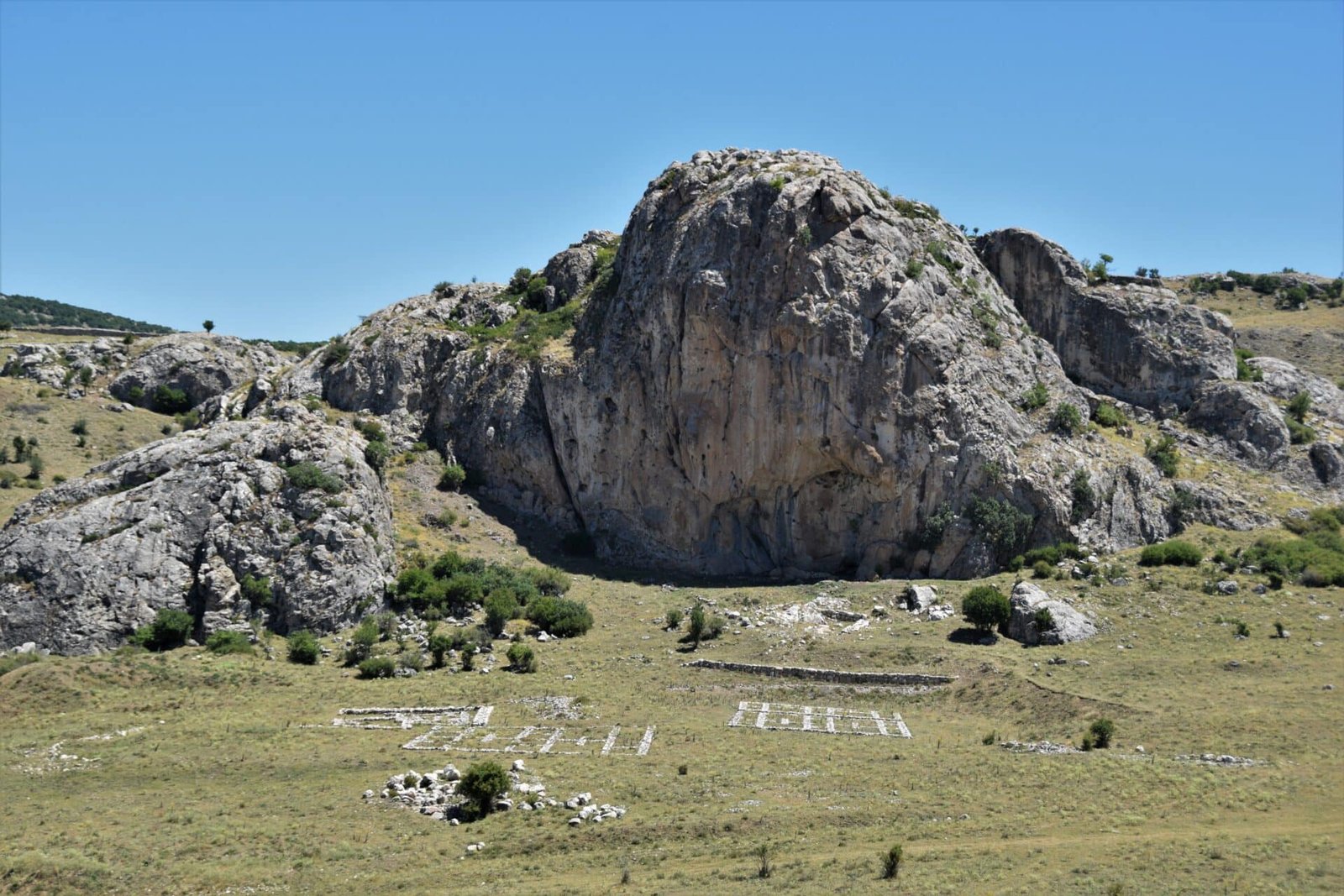
WHERE TO STAY
I stayed at Hotel Aşıkoglu near the Archaeological Museum. They offer relatively cheap rooms for backpackers and a nice, shaded campsite for even less (100 TL/5,5€ as of July 2022).
They also offer meals, however, don’t expect too much. The food is alright, but portions are really small for the price. If it wasn’t for the breadbasket (which is included at least), I would have gone to bed hungry. You might consider buying snacks at the supermarket or test the other restaurants.
As for alternative accommodation options, I spotted two other hotels: one on the main square and the other one off the road towards Yozgart.

WHERE TO NEXT?
For more content consider following me on Instagram.
Turkey is vast and wonderous. Here are more inspirations for your next trip:
AMASYA | OF MAUSOLEUMS, MONARCHS, AND MUMMIES
THE GREAT MOSQUE OF DIVRIGI | A WONDER OF ISLAMIC ARCHITECTURE
